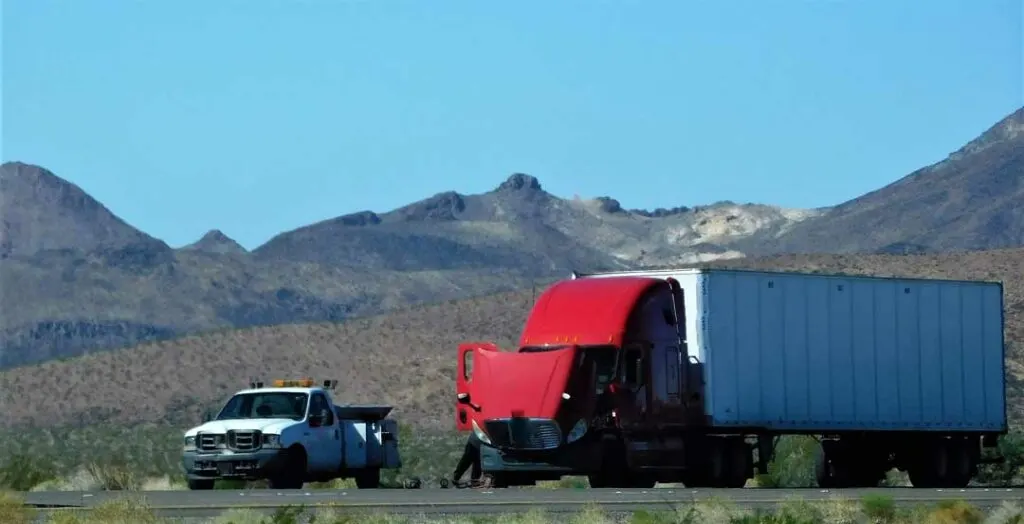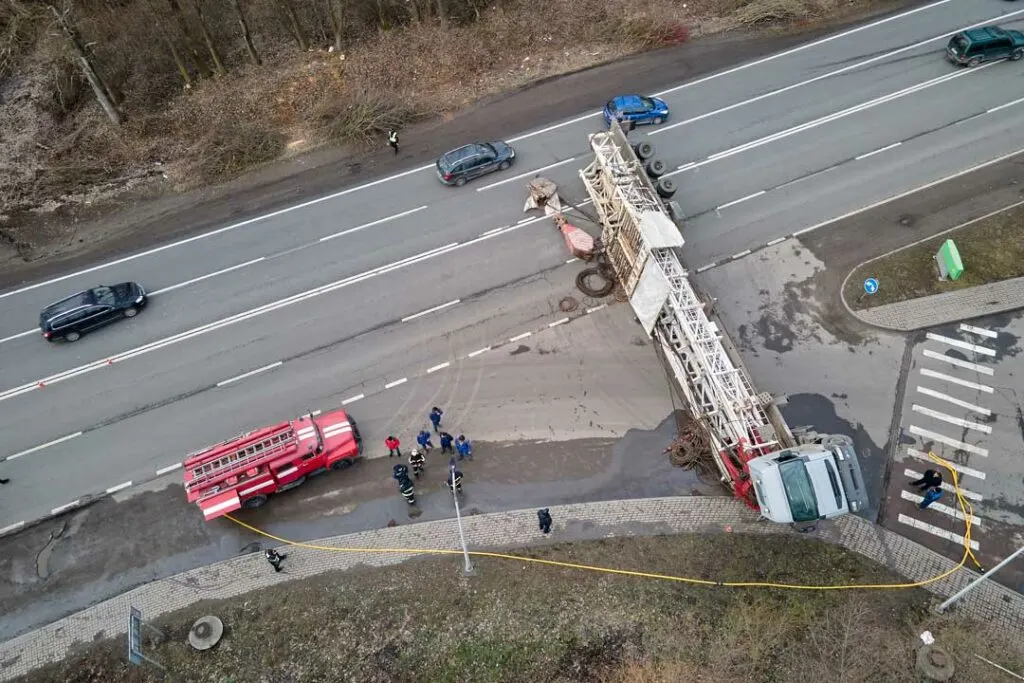Truck accidents are significantly more dangerous than car accidents due to the unique characteristics and hazards associated with large commercial vehicles. These accidents often lead to severe injuries, extensive property damage, and, unfortunately, fatalities. Here are several key reasons why truck accidents pose a higher risk than car accidents.

Size and Weight Disparity
One of the primary reasons truck accidents are so dangerous is the size and weight difference between trucks and passenger vehicles. A fully loaded commercial truck can weigh up to 80,000 pounds, while the average car weighs around 3,000 to 4,000 pounds. In a collision, the momentum of the truck’s mass transfers a tremendous force to smaller vehicles, which can result in devastating damage and severe injuries for the occupants of the car. The sheer size of trucks also means they can cause multi-vehicle pile-ups, especially on highways.
Increased Stopping Distance
Trucks require a significantly longer distance to come to a complete stop compared to cars. A loaded truck traveling at highway speeds may need more than 300 feet to stop, which is double or triple the distance required for a car. If the truck driver doesn’t have adequate time or space to stop, this can lead to rear-end collisions or jackknife accidents, where the truck’s trailer swings out of control and forms an angle with the cab, causing a dangerous barrier for other vehicles. In high-traffic or sudden-stop situations, this longer stopping distance poses a major risk to other road users.
High Center of Gravity and Rollover Risk
Due to their height and weight distribution, trucks have a high center of gravity, which makes them more prone to tipping or rolling over, especially on sharp curves, uneven roads, or during high-speed maneuvers. Truck accident lawyers in California note that such accidents are dangerous not only for the truck driver but also for any nearby vehicles, as a rolling truck can crush smaller cars in its path or block multiple lanes of traffic. This instability is even more pronounced for trucks carrying top-heavy loads, liquids, or improperly balanced cargo.
Dangerous Cargo and Hazardous Materials
Commercial trucks often carry various types of cargo, including hazardous materials like flammable liquids, chemicals, and heavy equipment. In the event of an accident, these materials can spill or ignite, creating additional dangers such as fires, toxic exposure, or explosions. Hazardous material spills also pose environmental risks, which may require specialized emergency response teams and could result in extended road closures and secondary accidents due to detours and traffic backups.

Driver Fatigue and Pressure
Truck drivers often face long hours on the road with strict delivery schedules, which can lead to driver fatigue. Fatigued driving is a leading cause of truck accidents, as tired drivers have slower reaction times, impaired judgment, and may even fall asleep at the wheel. Although there are regulations in place to limit driving hours, economic pressures and tight deadlines can lead some drivers or companies to push these limits, increasing the likelihood of fatigue-related accidents.
Limited Maneuverability
Trucks are significantly less maneuverable than cars, especially in situations that require quick lane changes, evasive actions, or navigating through narrow roads. Their large size and extended turning radius make it difficult for truck drivers to react to sudden changes in traffic conditions, such as swerving cars or unexpected obstacles. Trucks also have larger blind spots, which can prevent drivers from seeing smaller vehicles, leading to sideswipe accidents when changing lanes or making turns.
The inherent characteristics of trucks—size, weight, stopping distance, cargo, and maneuverability—make truck accidents much more dangerous than car accidents. Combined with the potential for driver fatigue and the added risks of hazardous materials, these accidents often result in severe consequences for all involved. To reduce the dangers of truck accidents, it’s essential for drivers to exercise caution around trucks, and for trucking companies and drivers to prioritize safety regulations and training to protect everyone on the road.

Jessi is the creative mind behind The Coffee Mom, a popular blog that combines parenting advice, travel tips, and a love for all things Disney. As a trusted Disney influencer and passionate storyteller, Jessi’s authentic insights and relatable content resonate with readers worldwide.
